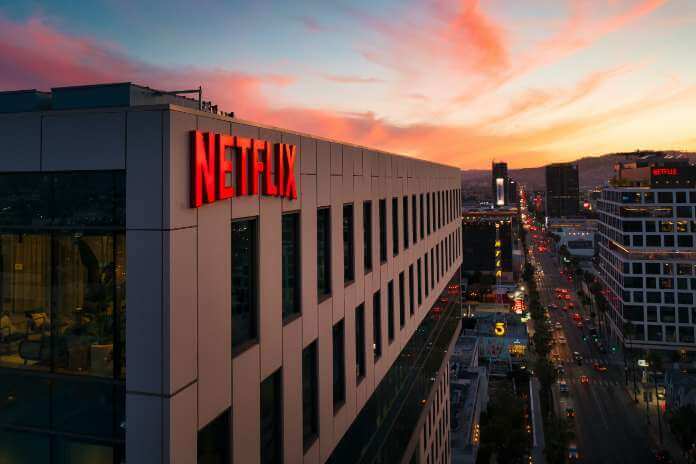The price of Netflix stock (NASDAQ:NFLX) has dropped to its lowest level in over four years. Even yet, the streaming video leader is a divisive investment.
Netflix stock (NASDAQ:NFLX) price has dropped over 60% this year, wiping off nearly four years of gains. The bulls left when the streaming video giant’s subscriber growth halted, and its operating margins shrank. Difficult comparisons to its pandemic-era expansion, tough competition, and increasing interest rates intensified the sell-off.
Netflix stock: What the Bears Say
The bears feel Netflix stock (NASDAQ:NFLX) time is passed. Over the last several years, companies like Walt Disney (DIS), Amazon, Apple, Warner Bros. Discovery (WBD), Paramount Global (PARA), and Comcast (CMCSA) have saturated and sliced up the streaming video industry.
Netflix’s paid subscriber base jumped 22% to 203.7 million in 2020, but just 9% to 221.8 million in 2021. It has just 220.7 million paying members at the end of the second quarter of 2022. Disney completed the most recent quarter with 221 million members across all of its streaming services (Disney+, Hulu, and ESPN+), representing a 27% increase over the previous year. As a result, Disney now has more streaming subscribers than Netflix.
Because of its sluggish growth, Netflix is more akin to a conventional media corporation than a rising digital powerhouse. However, Netflix is not yet valued similarly to a typical media firm. Disney has a forward price-to-earnings ratio of 18, while Comcast and Paramount trade at eight and ten times ahead earnings, respectively. As a result, at more than 20 times projected earnings, Netflix’s stock may still be overpriced.
Netflix Stock: What the bulls will tell you
The bulls feel the streaming competition isn’t a zero-sum game. There may still be plenty of opportunity for Netflix, Disney, HBO Max, and others to grow without stepping on one other’s toes. Netflix could also keep churning out unexpected blockbusters like Stranger Things, Squid Game, and Bridgerton by crunching its AI algorithms to generate new original content.
Netflix aims to stop its two-quarter skid of sequential subscriber losses, partially exacerbated by the Russo-Ukrainian conflict, by acquiring approximately a million customers in the third quarter of 2022. This stability might provide a solid platform for the debut of its ad-supported tier in November.
If that launch coincides with a larger rebound in the ad industry, which has been under pressure for most of this year, Netflix’s growth might increase again in 2023. Analysts forecast a slight rebound, with 8% revenue growth and 7% profit growth. Still, it could easily exceed cautious projections if it debuts new popular programs, acquires more subscribers, and draws legions of hungry advertisers to its platform.
Which Argument Makes More Sense?
Netflix will not become obsolete very soon, but its days of rapid expansion are certainly gone. Its growth may level down once it debuts its ad-supported tier, but its value already accounts for those potential gains. I don’t anticipate Netflix stock (NASDAQ:NFLX) to fall much lower, but I also don’t expect it to return to its all-time high very soon.
Featured Image – Unsplash © Venti Views
















